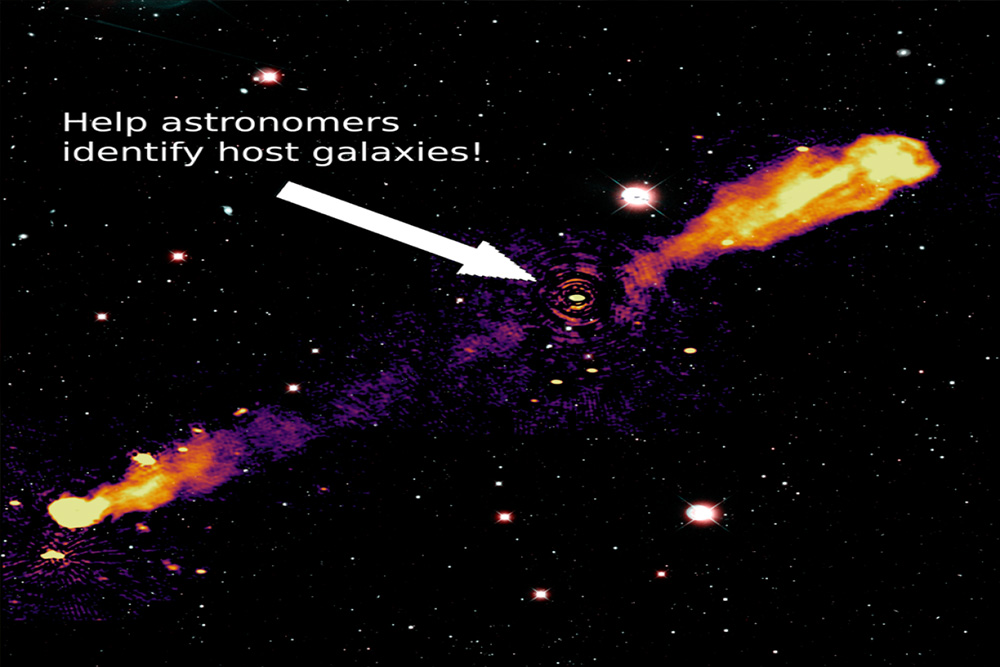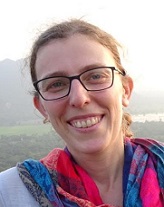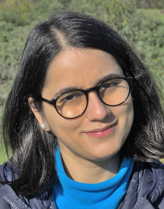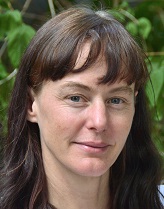Help locate newly discovered black holes in the LOFAR Radio Galaxy Zoo project
Scientists are asking the public to help find the origin of hundreds of thousands of galaxies, which have been discovered by LOFAR, the largest radio telescope ever built. Where do these galaxies, which extend for thousands of light years, come from? A new citizen science project, LOFAR Radio Galaxy Zoo, gives anyone with a computer the chance to join the quest.
Astronomers use radio telescopes to make images of the radio sky, much like optical telescopes (such as the Hubble space telescope) make maps of stars and galaxies. But images made with a radio telescope show a sky that is very different from that which an optical telescope sees. In the radio sky, stars and galaxies are not directly seen, but instead an abundance of complex structures linked to massive black holes are detected.
Most dust and gas surrounding a supermassive black hole is consumed by it, but some of the material escapes into deep space. This forms large plumes of extremely hot gas – and it is this gas that forms the large structures observed by radio telescopes.
The Low Frequency Array (LOFAR) telescope, operated by the Netherlands Institute for Radio Astronomy (ASTRON), is continuing its huge survey of the radio sky. Four million radio sources have now been discovered, and a few hundred thousand have very complicated structures. So complicated, in fact, that it is difficult to determine which galaxies belong to which radio source – or, in other words, which black hole belongs to which galaxy?
While the international LOFAR team consists of more than 200 astronomers from 18 countries, it is still too small to take on this daunting task. Therefore, LOFAR astronomers are asking the public to help. In the citizen science project ‘LOFAR Radio Galaxy Zoo’, the public is asked to look at images from LOFAR and images of galaxies, and then associate radio sources with galaxies.
“LOFAR’s new survey has revealed millions of previously undetected radio sources,” says Huub Röttgering from Leiden University, Netherlands. “With the help of the public we can investigate the nature of these sources: Where are their black holes? In what kind of galaxies are the black holes located?’’
Tim Shimwell, ASTRON and Leiden University, explains why this is significant. “Your task is to match the radio sources with the right galaxy. This will help researchers understand how radio sources are formed, how black holes evolve, and how vast quantities of material can be ejected into deep space with such unprecedented amounts of energy.”
LOFAR: Radio Galaxy Zoo is part of the Zooniverse project, the world’s largest and most popular platform for people-powered research. This research is made possible by volunteers — more than a million people around the world who come together to assist professional researchers.














